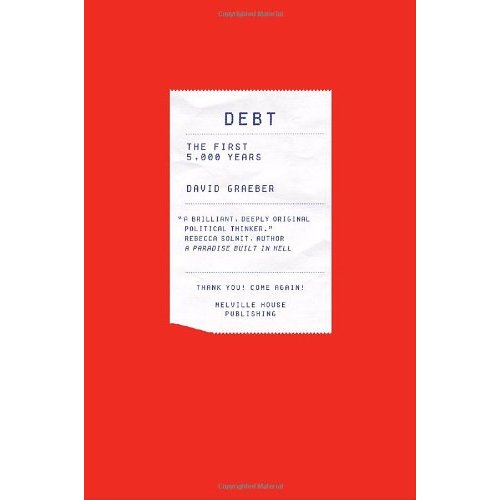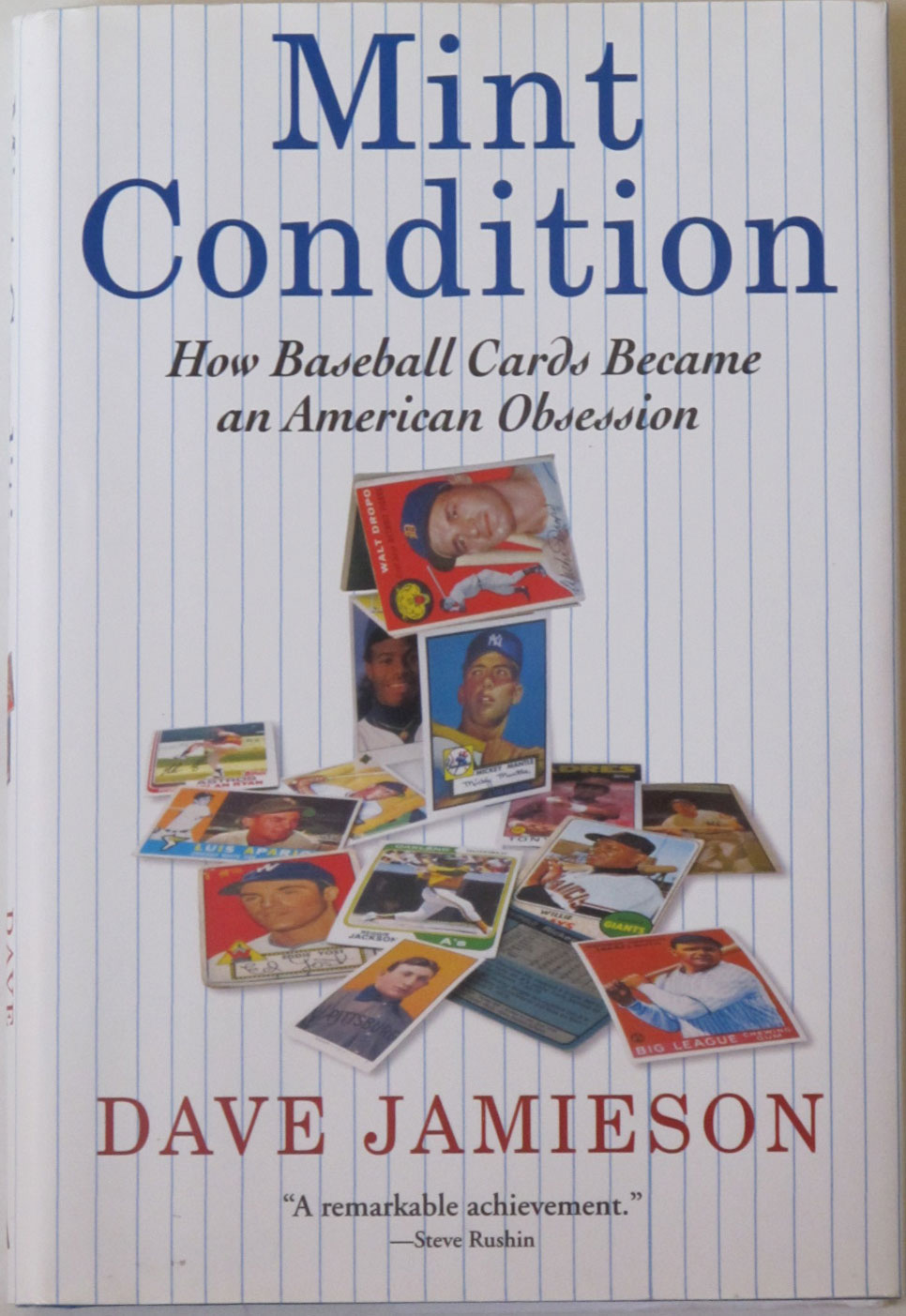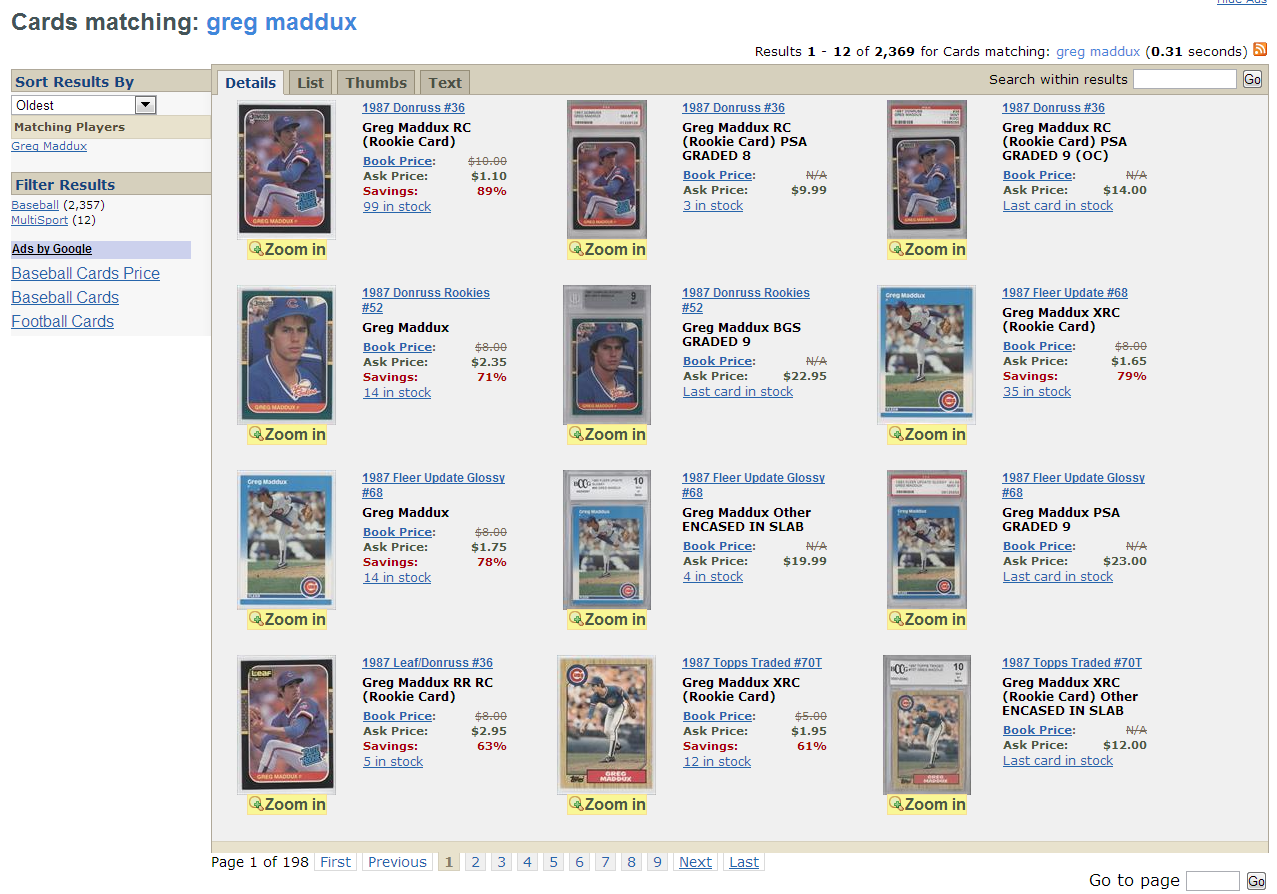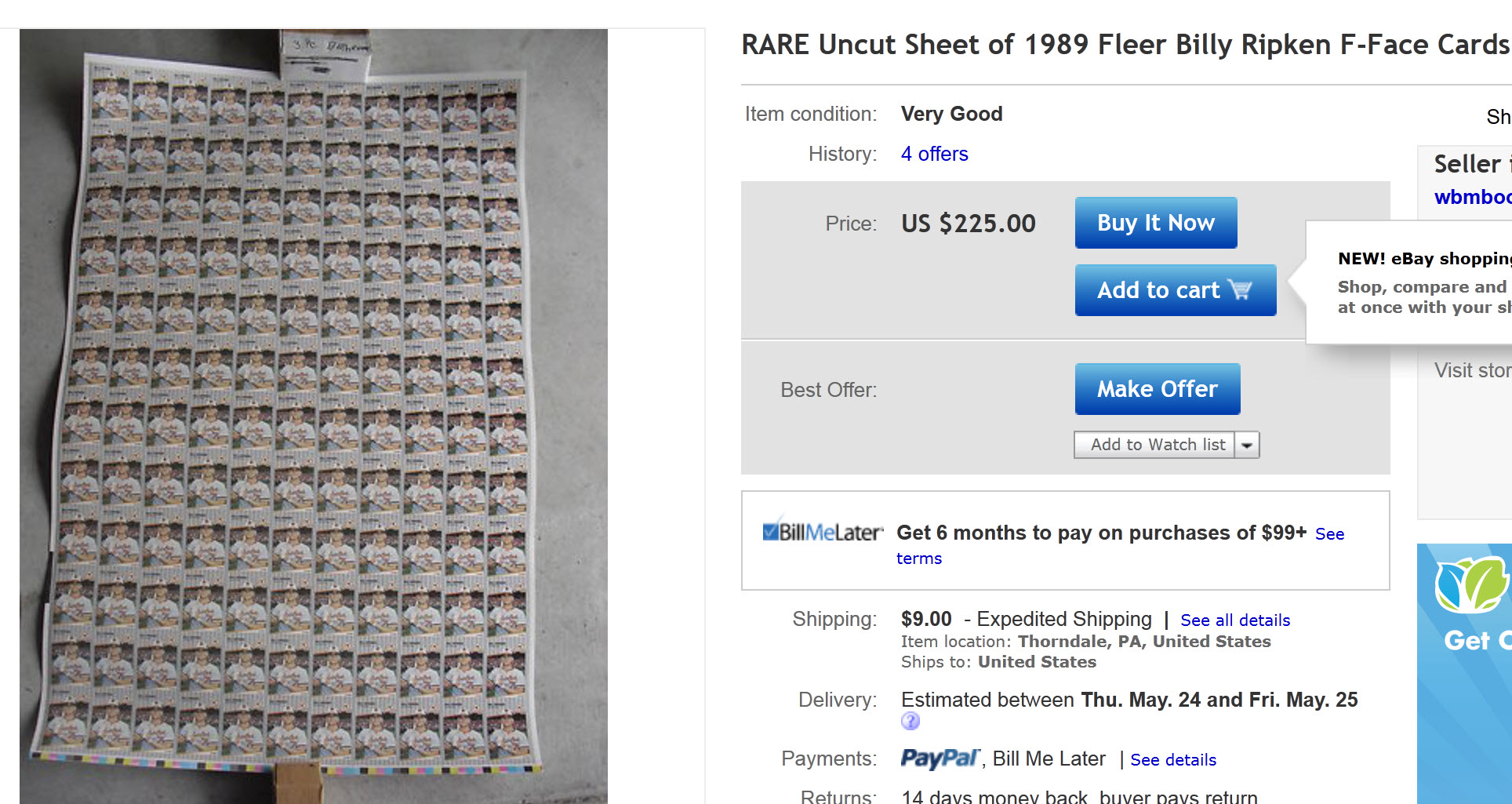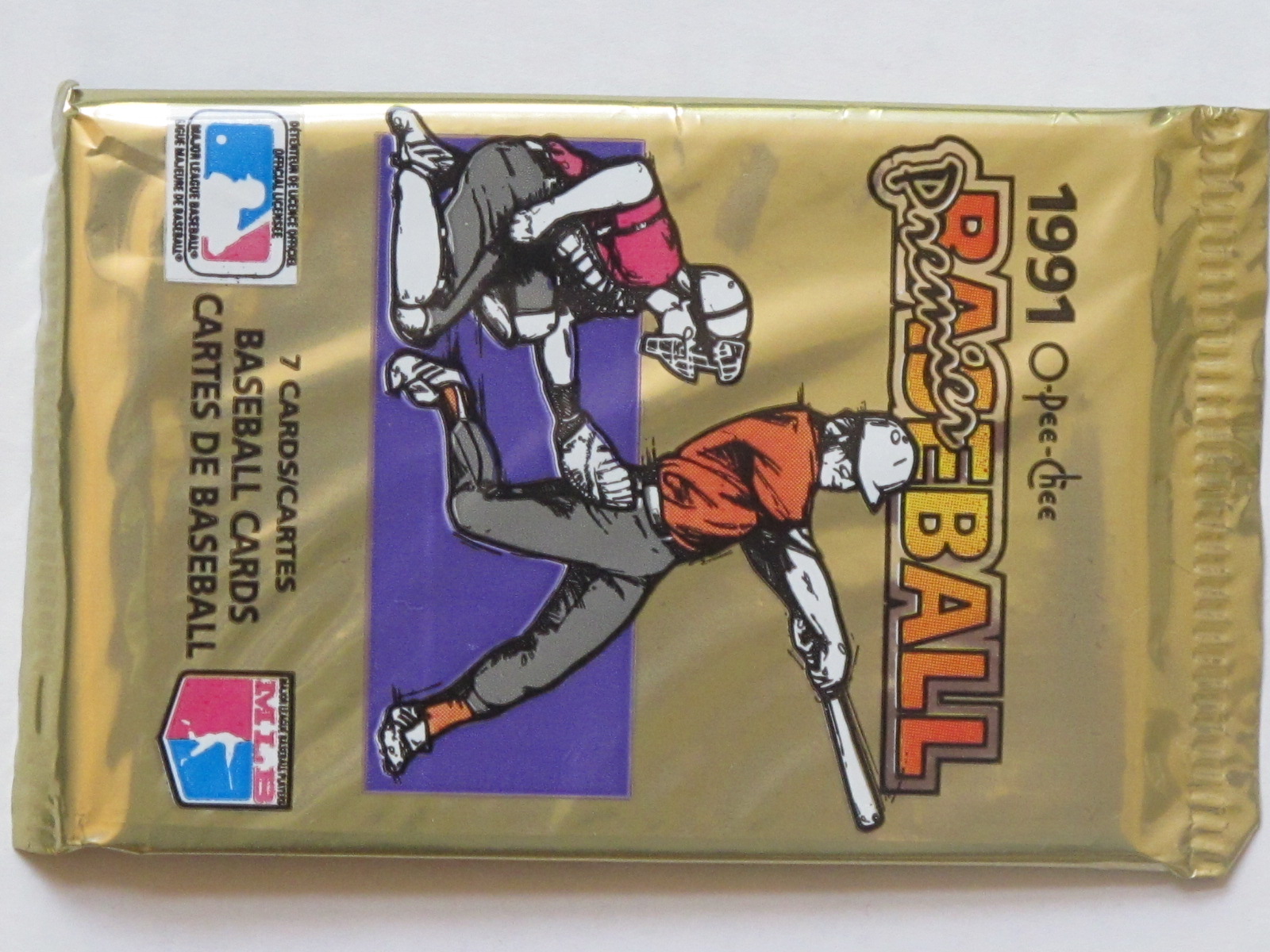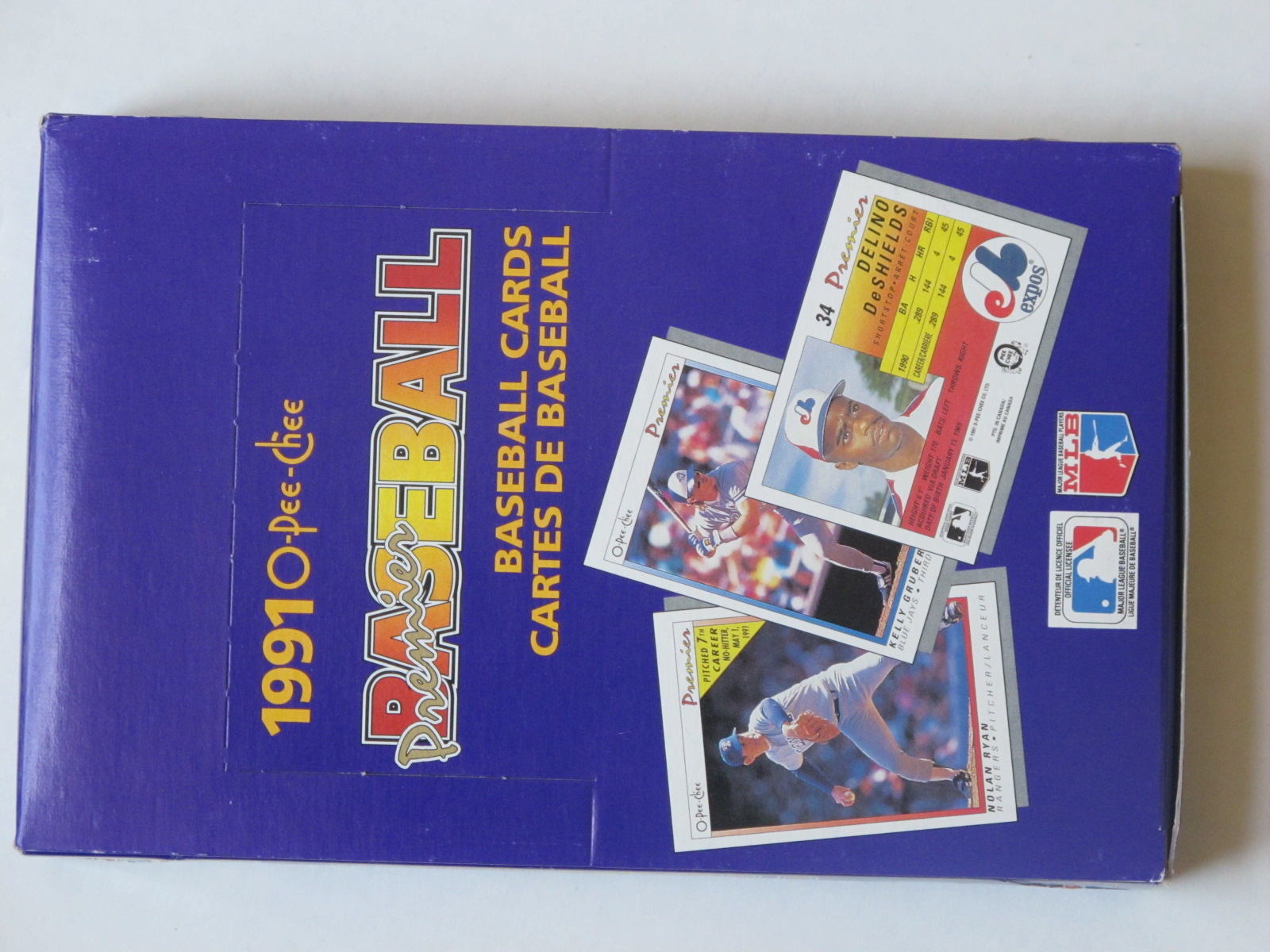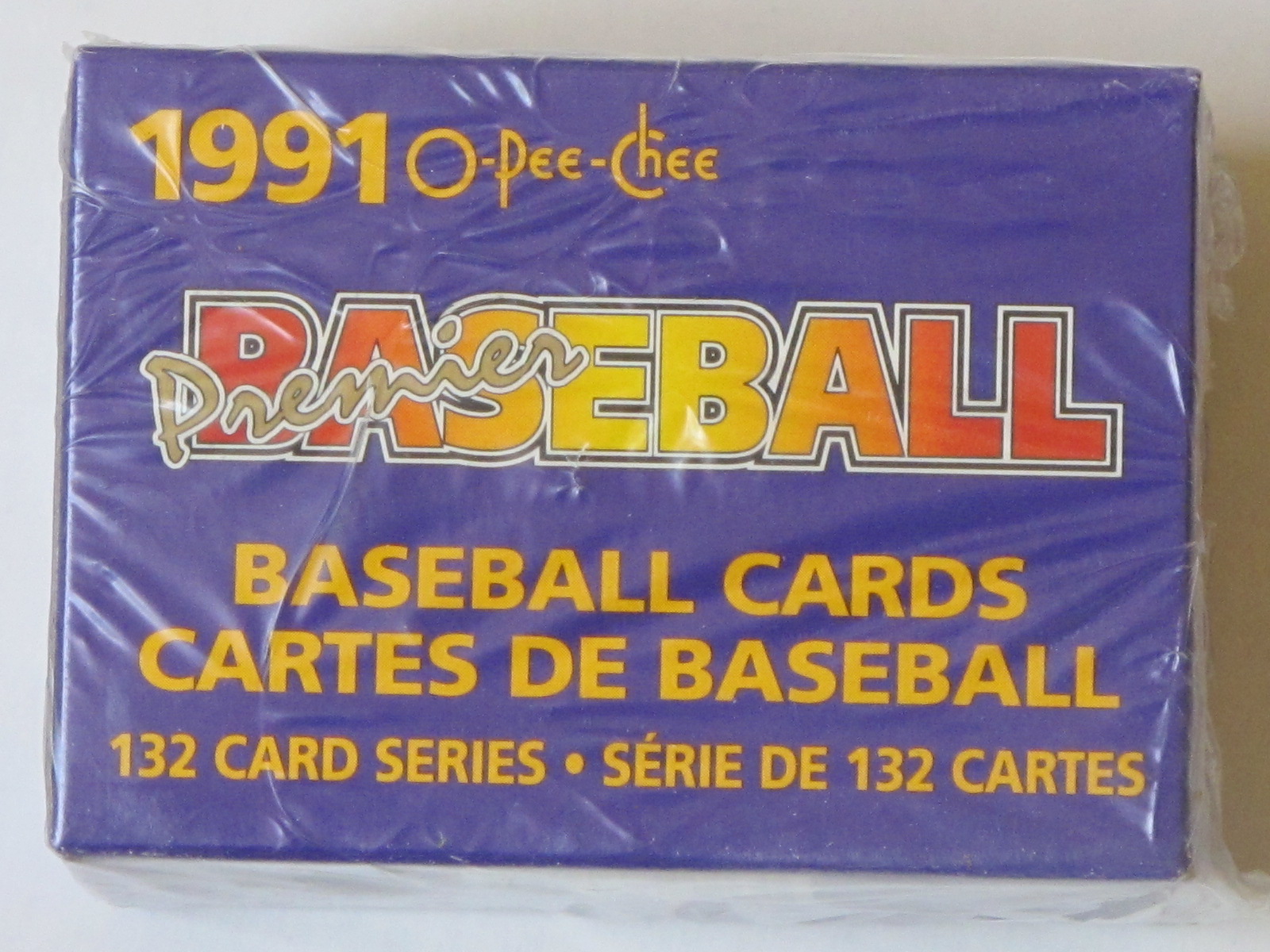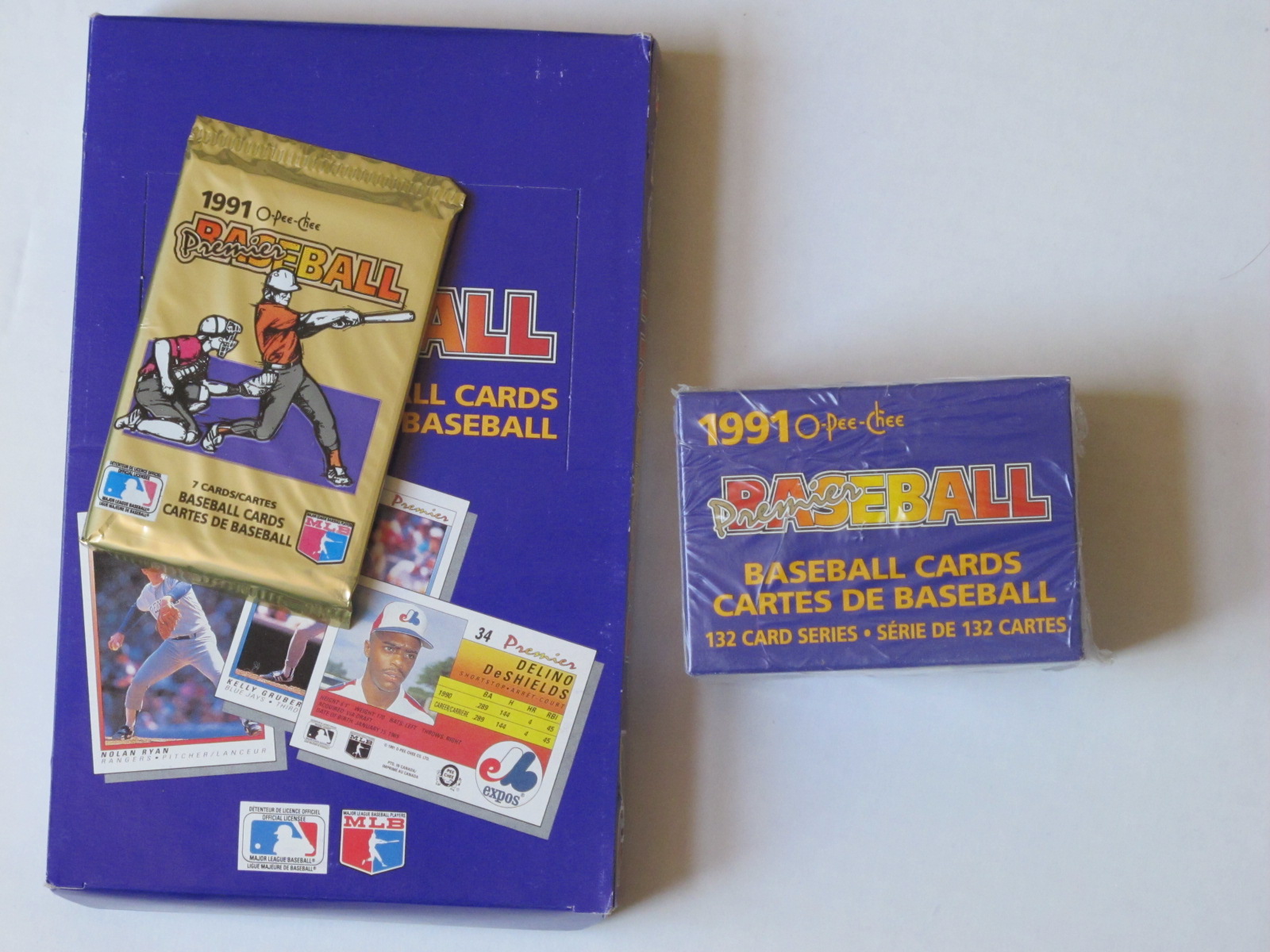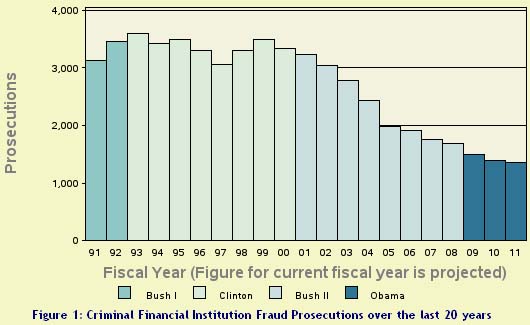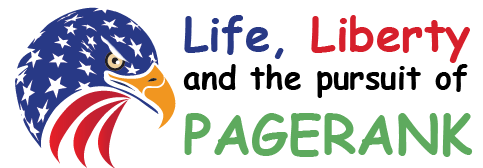Reading a book on dog psychology might qualify one as a genuine escentric. However writing a book on it is taking things to the next level. 🙂
In writing this great book Elisabeth Marshall Thomas logged over 100,000 hours of research watching dogs. She even went so far as going up north to observe a wolf family during days with 24 hours of sunlight.
Here were some of the notes I took based on the book.
Emotions, decisions & customs
- dogs have emotions just like humans do. they also frequently decide between choices & make trade offs.
- dogs have imaginations & lonely dogs may make up fantasy and pretend to have friends or foes they are playing with or chasing around
- the need for belonging is important with dogs. if a dog is far away from a group and wet it will usually wait until catching up before shaking off
- dogs develop unique customs that continue to spread downward from the alpha dog, however a custom learned from an alpha dog can become unlearned if environment changes & the dog is around other dogs with other customs
- dogs can also adopt mannerisms from humans, like sharing food back and forth. or they can try to make their smiles look more like a human smile
- when a dog growls at you while eating a bone it assumes you want it. dogs cast their values onto others too & evaluate other species through empathetic observations.
- I don’t believe it was mentioned in this book, but some online sources mentioned that when reading human faces dogs have a left-gaze bias. this book does mention that dogs are great at readubg human emotions & can read them from afar.
- when dogs show their bellies they are saying “do as you will with us, since we are helpless puppies in your presence.”
- a husky from a native american tribe in alaska was afraid of things that sounded like whips or the sound of alchohol in a person’s voice
- dogs may dream & just before giving birth one dog appeared to have dreamed of her own childhood (based on a unique tongue pattern)
Navigation
- some dogs are bad at navigation while others are good at it, having a range of hundreds of square miles without getting lost very often. some homeless dogs that are much more weak might only have a range of a small portion of a square mile.
- if a dog really loves another dog sometimes it will follow it even if it is heading astray. eventually it might try to catch up and push to turn the dog. if a dog gets too lost it might go sit on someone’s porch and wait to have you come pick it up.
- a dog that is dropped off in the country somewhere will be less likely to be able to find their way than a dog that traveled to and fro on paw.
- dogs learn to avoid areas with heavy traffic congestion in both directions, instead opting to go around them. if a dog must go on a highway it may use diplomacy and tact & does not try to challenge their authority.when cars become fewer the dog becomes more confident.
- where there are sidewalks dogs will use them like humans, except for when they cross over streets they will move like 20 feet in from the intersection, so that they only have cars coming from 2 directions.
- on more residential roads a dog is more likely to run down the middle of the road with eyes front & use its ears to hear if there are cars coming from side streets, without having to adjust pace or use its eyes for that task.
- dogs who chase cars see them as unruly animals in need of sheparding.
- after moving away for many years they moved back to a town they lived at prior (in a different part of the town) and their dog quickly headed out to scout the old neighborhood.
Hierarchy & it’s a dog eat dog world out there…
- part of the purpose of travel is to meet other dogs & circle them to show the superiority & another part was completely marking territory that has been overmarked by other dogs. dogs may aim upward & mark their pee spots like 3 feet or more off the ground, so as to appear larger to other dogs. when sizing up dogs in person, some dogs will ignore dogs much larger than them & only compare themselves against dogs of a similar or smaller size, such that they can “win” the status comparison
- males of high rank are more desirable to females for mating purposes, as it can mean life & death for her pups
- dogs inside a house establish rank almost immediately, but then they tend to try to avoid conflict beyond playing (an exception would be when a female dog is in heat & the boy dogs fight)
Wolves
- some wolf dens might be 1,000 or more years old, with the wolves living there long enough that they cut grooves into rocks with their walk, located near rivers for drinking water & to fence in pups & be near migratory paths for caribou, passed down from generation to generation. artic winter is a big killer & thus wolves have to dig out a den before winter, mate in feb & birth in march so that their pups are large enough to survive the first winter.
- to feed the babies, wolves would eat the kill, return & regurgitate it.
- wolves would travel singularly or in pairs with one staying to guard the den & pups.
- the hierarchy of the pack was established based on family role, thus they didn’t spend much time/effort focusing on it.
- the hunting process for wolves is so challenging that it may help to explain why they want an orderly simplicity elsewhere
- after spotting humans where they are rare wolves may call together an assembly and howl in unison
Dogs & Wolves
- wolves are the ancestors of dogs
- domesticated wolves might sing duets to emphasize their togetherness. dogs generally won’t, but when a lover dog was took away for surgery for a few days one did. when another dog passed away at a vet the dogs also howled throughout the night
- when dogs sleep at night they might turn away from you, like look outs looking in another direction.
Family life
- while male dogs in love tend to let a female dog get away with things, if it goes too far such a dog may block the dog it is smitten for from doing an act it does not like.
- some dogs wait until finding the perfect mate and then have exclusive romance with that dog
- when a dog has pups it holds them tightly with its thighs. when the father dog sees the mother it may puke, in a suggestion offering food for the mother and pups
- father dogs might like to be elevated above younger dogs (eg: furniture vs floor)
- when a father dog starts to take a pup voyaging it won’t go as fast, as far, or to some of the more dangerous areas. the pup who went on the young trips retained his navigation skills 18 years later when he had Alzheimer’s disease.
- when dog lovers are separated they can tell something is wrong on the final visit. after separation a dog may become unhappy & depressed.
- dogs tend to synchronize going into heat
- when a dog comes back other dogs investigate the scent of its legs, reproductive organs & mouth to learn about the trip. when people come back they are often investigated as well for scent from the knee down.
- a female coyote mated with one of her male dogs. not many coydogs live on though because it is hard for a single coyote to raise pups.
Anti-family life
- male dogs can “rape” an unsuspecting female dog
- father-daughter incest among dogs is not uncommon, but mother-sun is also not common. an alpha female can also coerce the other females with a “just say no” stare
- when 2 dogs give birth around the same time, a higher status dog may kill the liter of a lower status dog. if neither of those dogs is the lead alpha dog & a pup survives then the lead alpha dog might adopt the remaining pup. a dog that kills one litter (when both had fresh pups) may opt to adopt the next liter. If a dog is adopted it is more likely to take after its adopted parent than its biological one
- while dogs rarely bite adults they more commonly bite children, who in some cases they believe are stepping out of bounds in terms of status. many such bites are disciplinary reminders of status, rather than attempts to harm.
- dogs that might like infant animals (like possums) may later view them as prey as they grow a bit larger
- some owners who cloak a dog in clothes & perfume may trick other dogs into not realizing their pet is a dog, and try to attack it. but a lower status dog that identifies itself by yelping and shows its lower status by rolling on its back generally won’t get bit.
Status
- when dogs permanently move they might set up some sort of a den so they know where to meet up if they separate at all. in this case the dogs tried to keep the den a secret & built out a large one that was fairly well camouflaged. as the dogs took more to nature they became less concerned with people.
- “Primates feel pure, flat immobility as boredom, but dogs feel it as peace.”
- sometimes dogs will go bathroom with the lowest status dog first, then on up the chain, with the highest status dog leaving the last mark.
Death & protection
- flat faced dogs have trouble breathing when excited due to how many organs are smooshed into a small space. some of them hurt themselves by getting too excited.
- dogs want to belong & a loss of a member of their firm social system is significant.
- some dogs want to go where it is quiet & dark & lonely to die. others desire to be near the pack when they pass.
- a dog that had diabetes learned to nudge its owners for an insulin shot, even though it took about an hour to kick in




